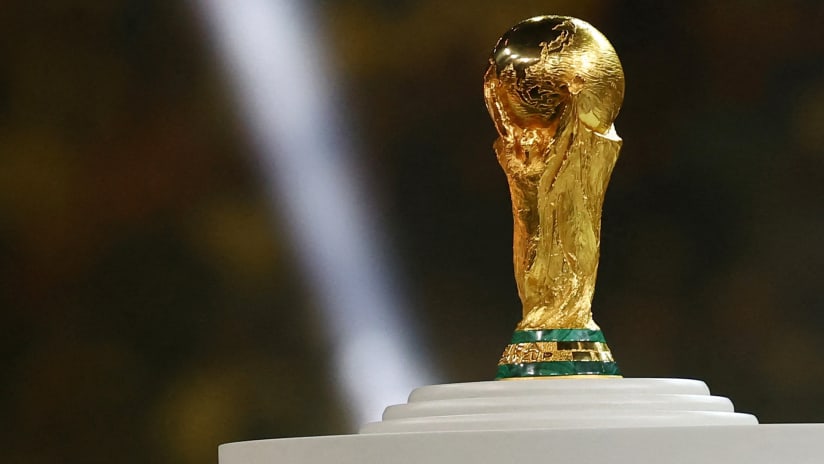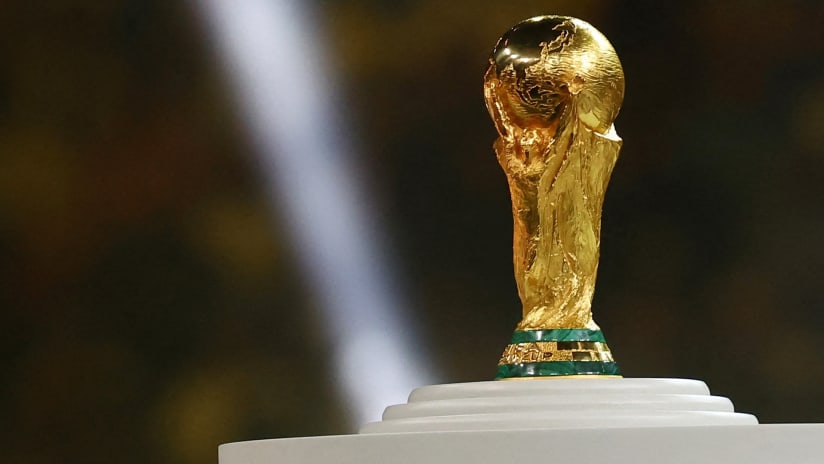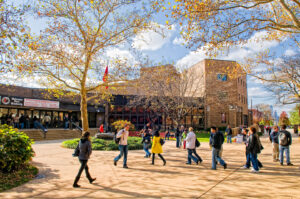
Preparing for FIFA World Cup 2026: Impact on the East Coast and Beyond

By Naely Fajardo
In addition to New Jersey, Philadelphia, and New York, there is growing attention given to the other host cities located around the country and the East Coast as the FIFA World Cup 2026 approaches. With games planned for Atlanta, Boston, Dallas, Houston, Kansas City, Los Angeles, Miami, San Francisco, and Seattle, as well as the iconic MetLife Stadium in New Jersey hosting the final game of the tournament, expectations are high for the potential social and economic effects of this international extravaganza.
There are plenty of business prospects as the World Cup prepares to draw millions of passionate soccer fans to host cities across the country. The burden on infrastructure, however, becomes apparent as a critical issue. The volume of visitors poses a danger to the capacity of current systems, including transportation networks and lodging options, and might lead to traffic jams, logistical difficulties, and environmental damage.
In addition, the sudden increase in tourism could widen socioeconomic gaps already present, endangering disadvantaged areas with gentrification and growing living expenses. Strategic planning and fair resource allocation are required in order to balance the possible social costs of hosting the World Cup against the economic benefits.
Here in the greater Philadelphia area, where culture and history meet, the World Cup offers a variety of opportunities. Although the competition provides an international platform for commemorating the city’s rich history, worries about the industrialization of culture and the uprooting of neighborhood businesses and people continue to exist.
A major concern is the possibility of gentrification as developers seek to capitalize on profitable prospects following the World Cup. In order to guarantee that the advantages are distributed fairly and that Philadelphia’s distinctive identity is maintained, careful urban planning and community involvement are needed to strike a balance between the event’s economic demands and the preservation of the city’s uniqueness.
The World Cup also incites a mixture of anxiety and enthusiasm in New York City. Businesses expect a spike in tourist and consumer spending, but the city’s long-standing social divide poses a threat to the fun.
With luxury stores making big profits and small businesses fighting to survive, the preexisting gap between the privileged and the underprivileged threatens to widen. In order to guarantee that the economic benefits of the World Cup benefit every sector of society, systemic reforms and fair resource distribution may be needed in light of growing inequality and social unrest.
The East Coast and the cities that will host the FIFA World Cup in 2026 are at a critical crossroads where they must reconcile social cohesiveness with economic growth. The path ahead is full of obstacles, but it is also full of opportunities for progress.
New Jersey, Philadelphia, New York, and the other host cities can harness the transformative potential of the World Cup while ensuring the safety of their communities by adopting an inclusive growth vision and encouraging collaboration among stakeholders. They can create a legacy of prosperity and harmony that goes beyond the tournament and has a lasting impact on the East Coast and beyond with careful preparation and coordinated efforts.

